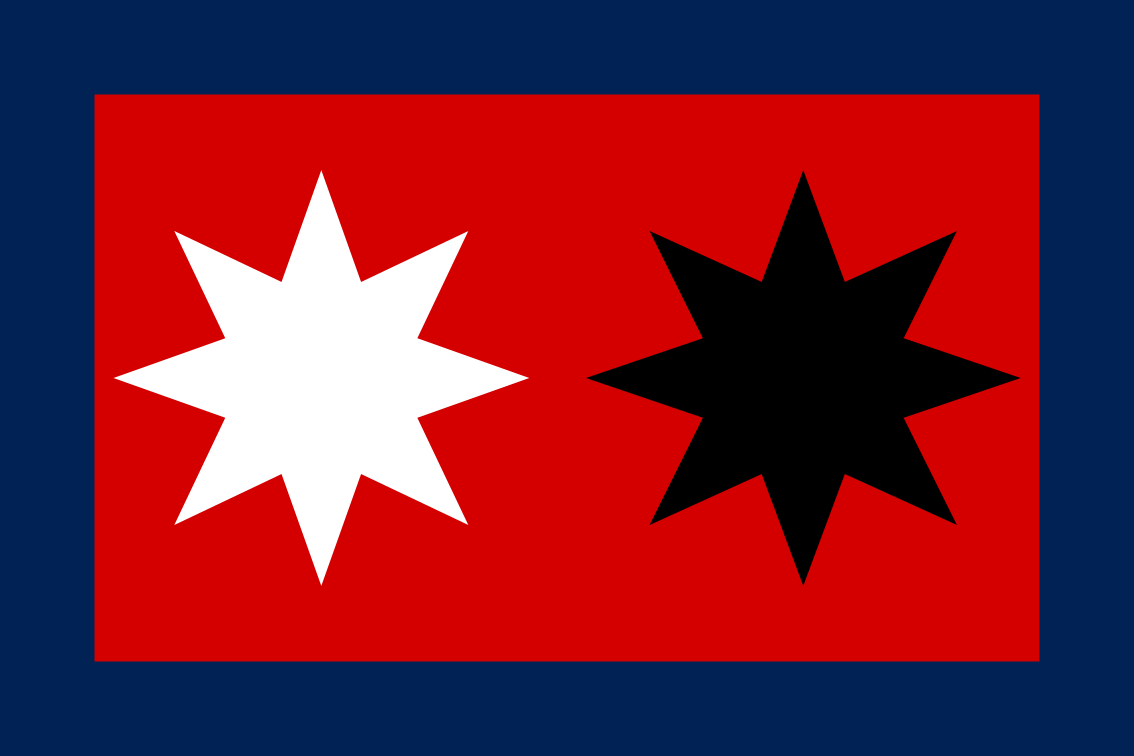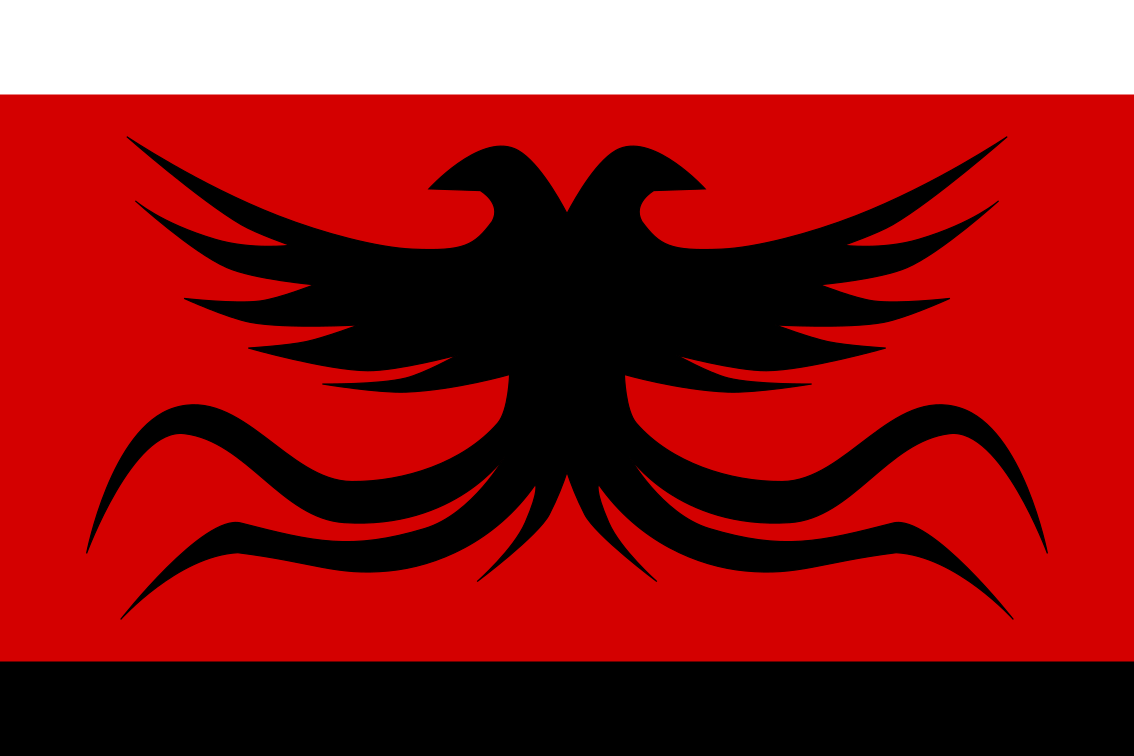Vosti Civil War
Claiming the war was as big and influential an event as the Collision is overstating it, but it has certainly shaped all of our lives in some way, even though few of us lived through it.The Vosti Civil War was a civil war in the Vosti Empire, fought between the years of 330 and 336 AC, between two rival claimants to the Vosti throne. It ended with the northern half of the empire seceding to become the Kingdom of Telziad, and the ceding of much of the Empire's island territories to Republic of Skarhu.
Background
The Vosti Empire had been the supreme power on the continent of Abravost for hundreds of years, though events like the Collision had reversed some of its expanse. Its northern reaches were, for most of this time, well treated by the imperial seat in the south. This was particularly true under Empress Ila, who reversed a number of unpopular policies and attempted to seek peace with the other countries of Abravost. However, Empress Ila, alongside large swaths of her family and court, were lost during the Separation, which left them stranded on the other side of portals that had brought them to another world for a summit. This threw the Empire into a brief succession crisis as nobles and generals scrambled to figure out who her heir was. Eventually the heir was identified to be Marchioness Askila of Ilnon, who ascended to the throne with the help of her recently-acquired military husband, Colonel Treveon Yedan. Unlike Ila before them, the two were not pacifistic, and sought to punish whoever they deemed responsible for the Separation. This blame fell on Waal Zaimyatl, a predominantly-elven republic in the east, as they had erected many of the portals throughout the continent. This infuriated the republic, as well as the sympathetic northerners, who had historically turned to Waal Zaimyatl as a reliable trading partner. In 330 AC, the Duke of Sinofis, Dravulean, brought a petition to the Imperial Palace on behalf of many of the northern nobles and prominent families, demanding the reversal of many of the policies enacted by Askila III and her husband. These demands were not met.
Included Conflicts
Start Date
330 AC
Ending Date
336 AC
Conflict Result
North secedes to become Telziad, islands ceded to Skarhu, territory loss to Waal Zaimyatl






Comments